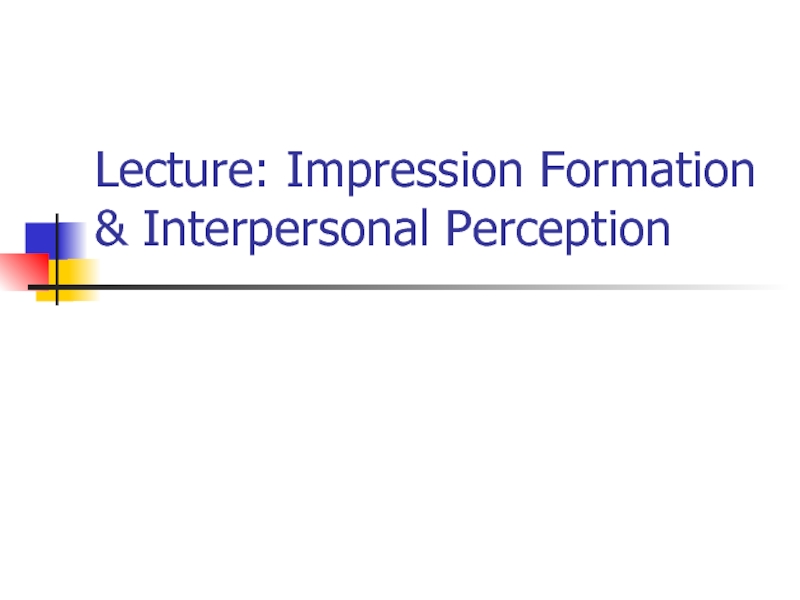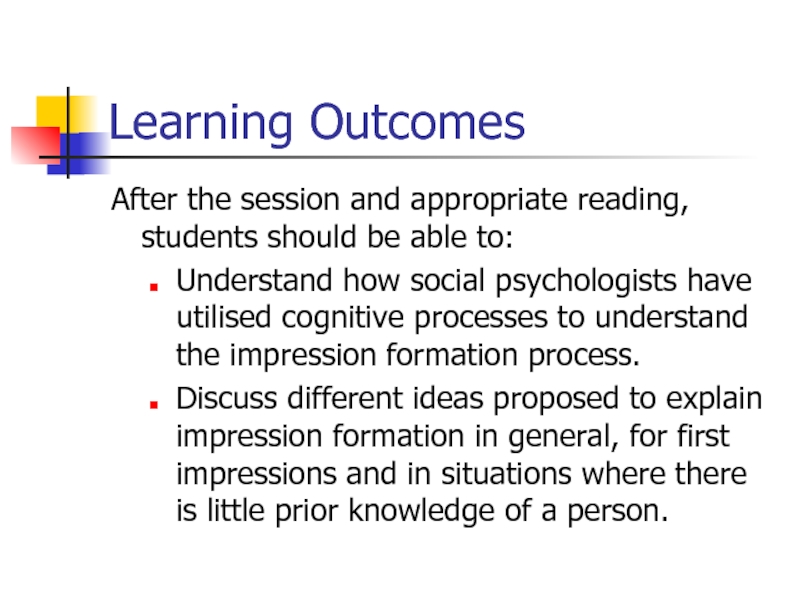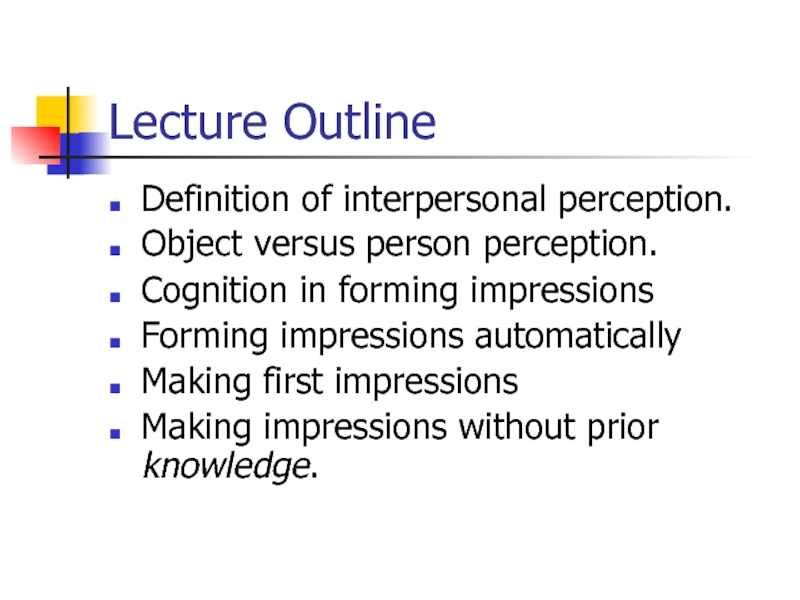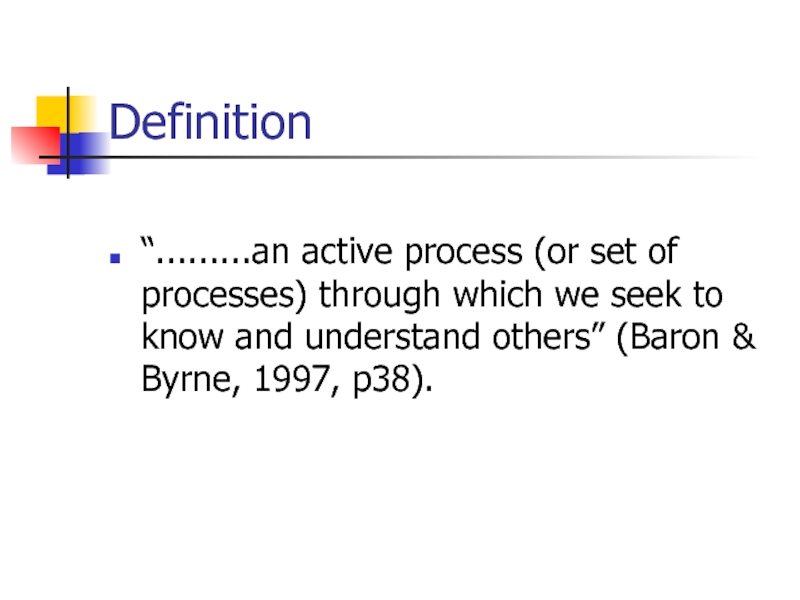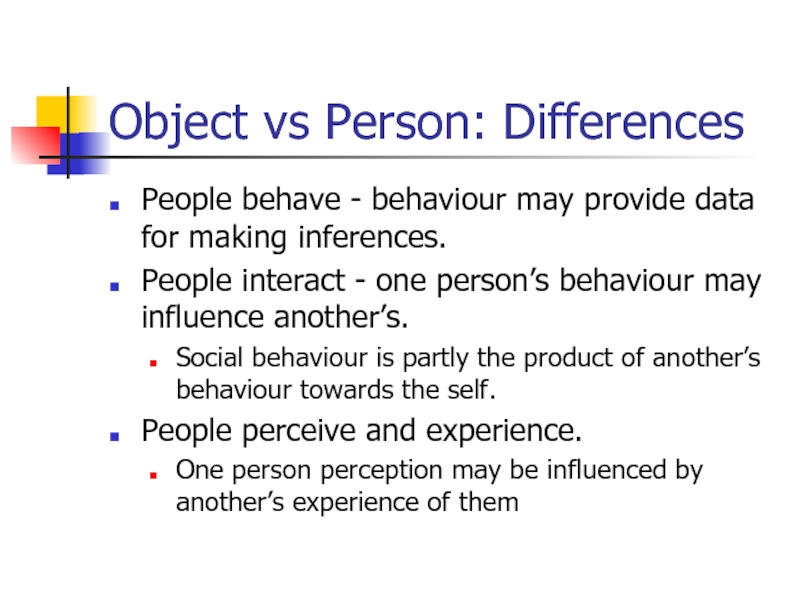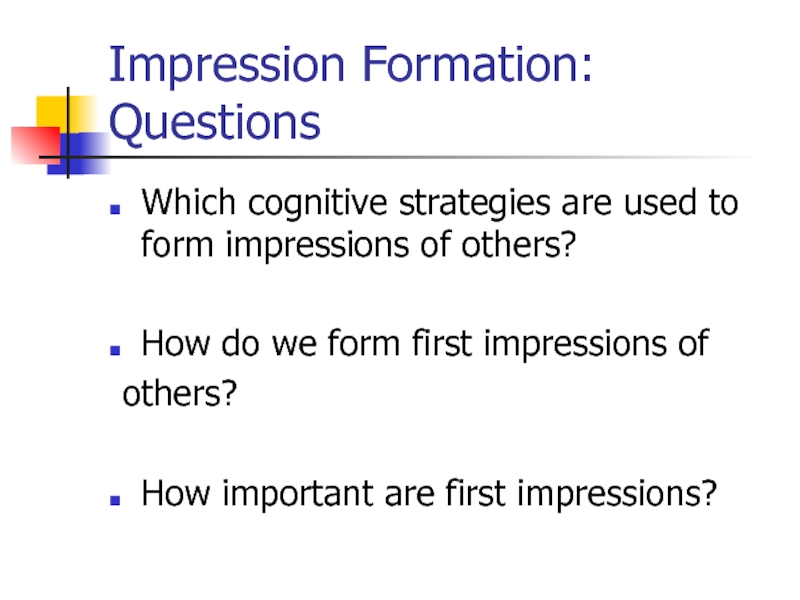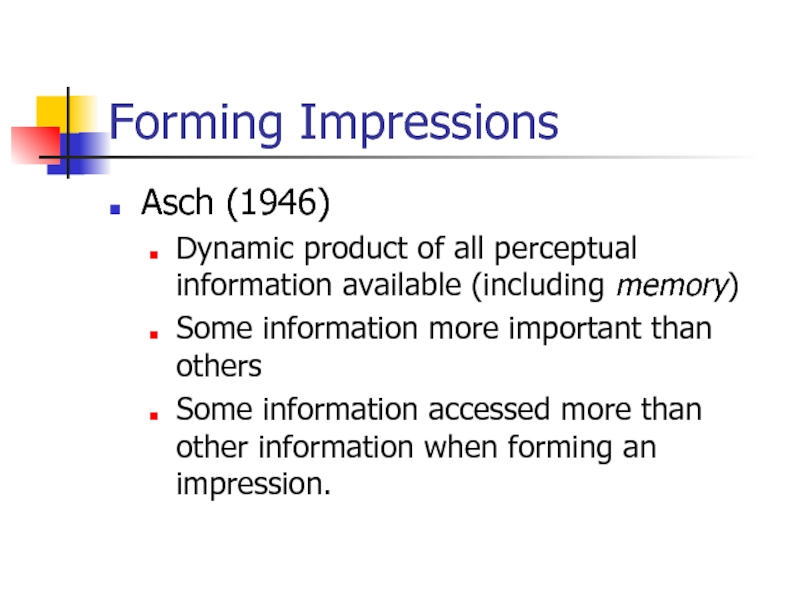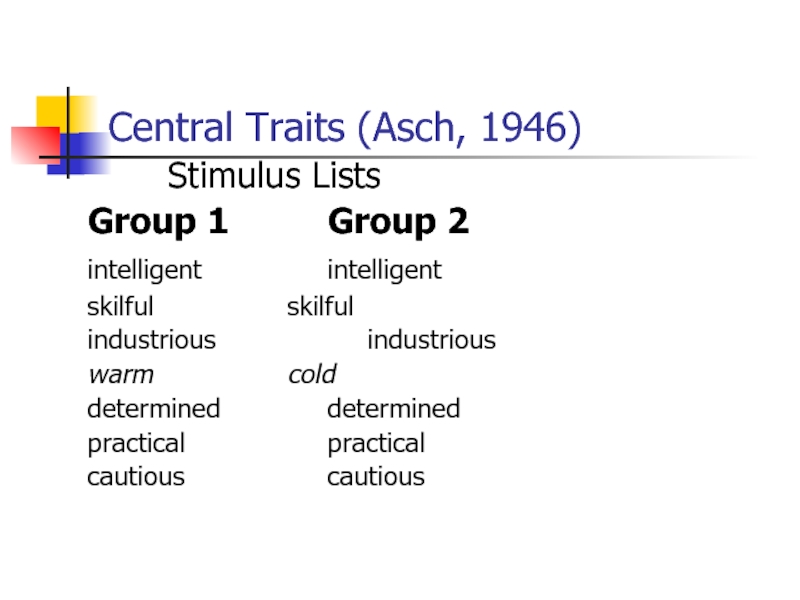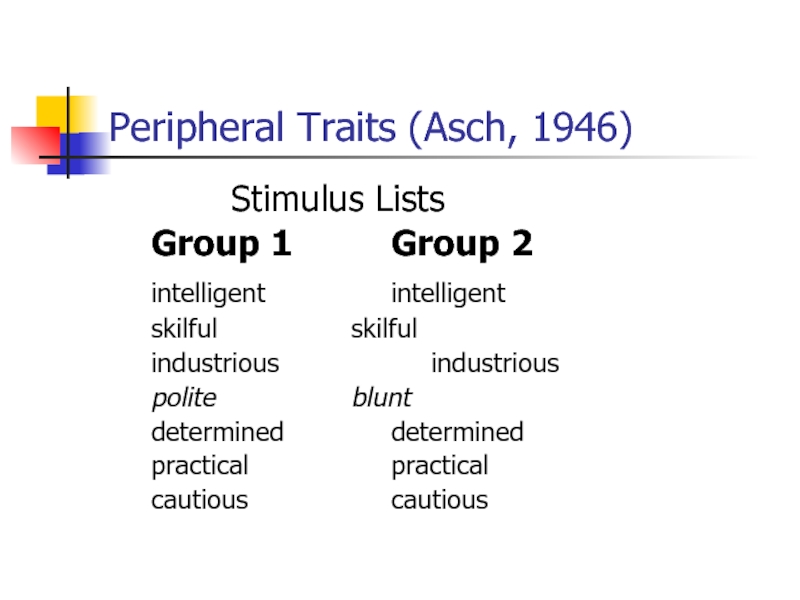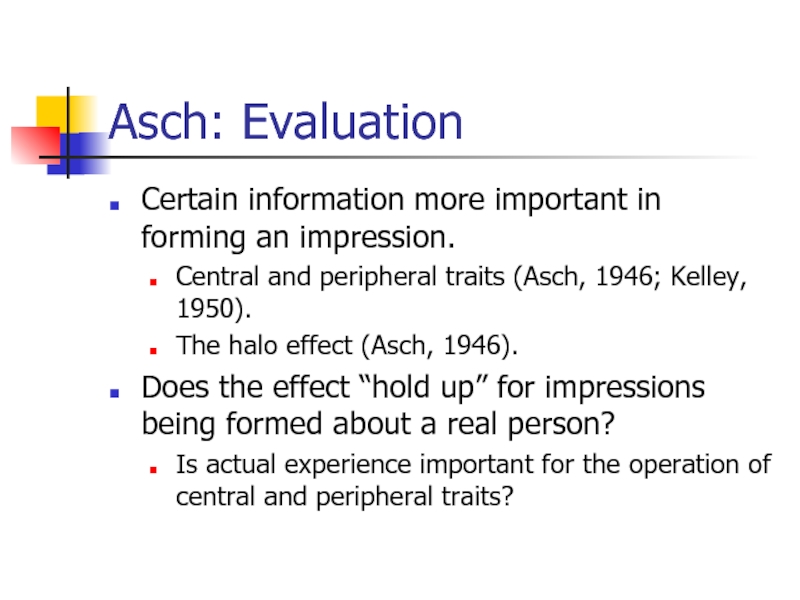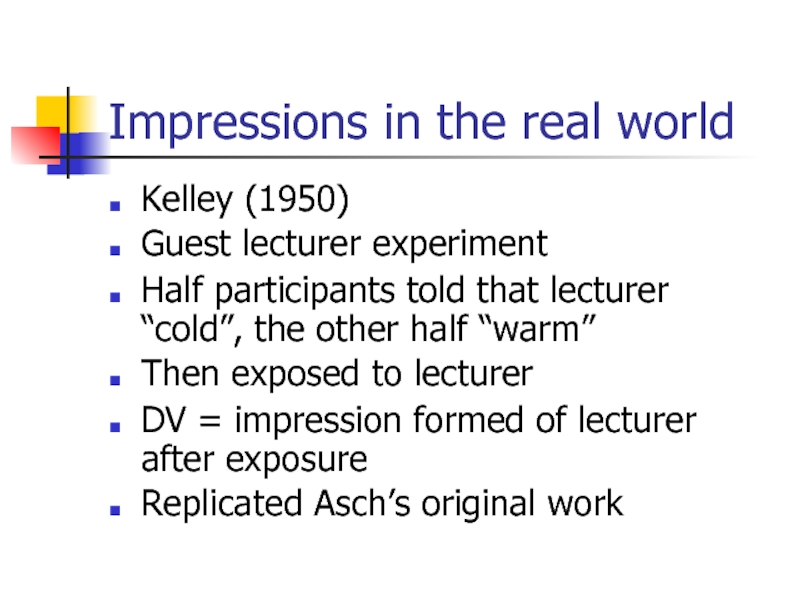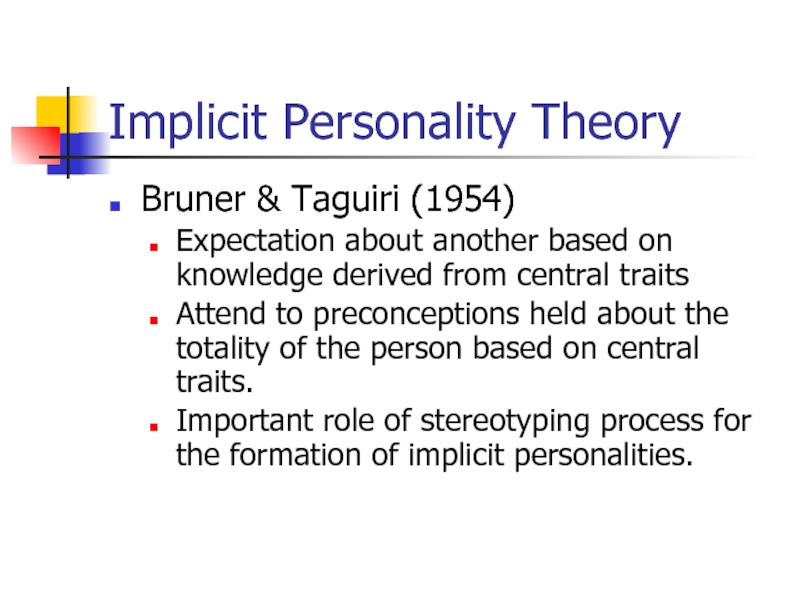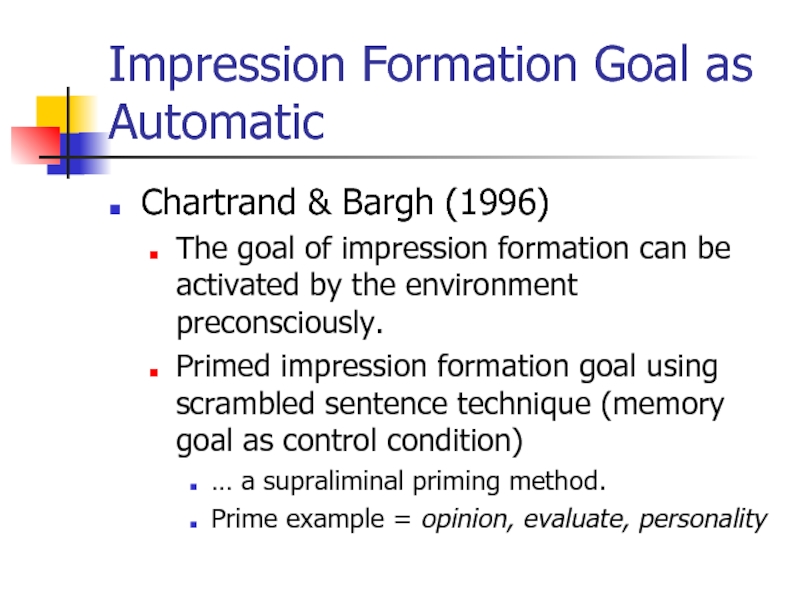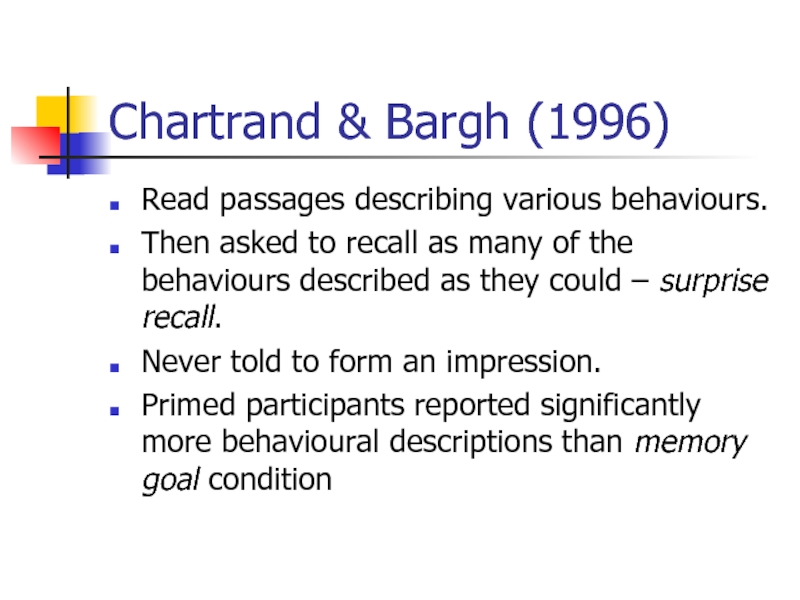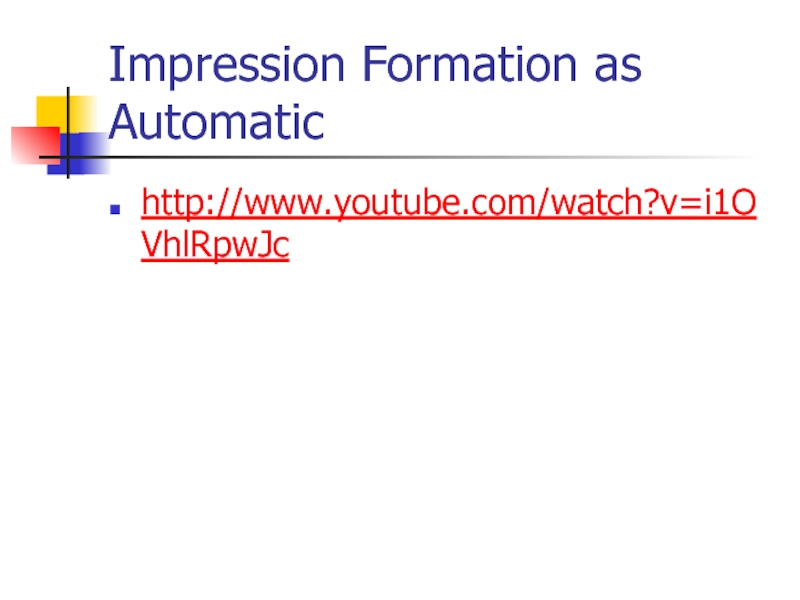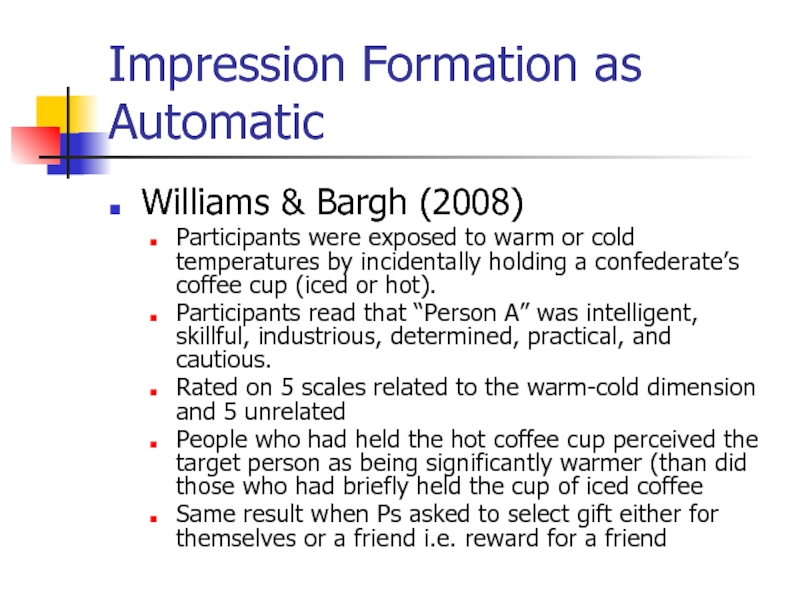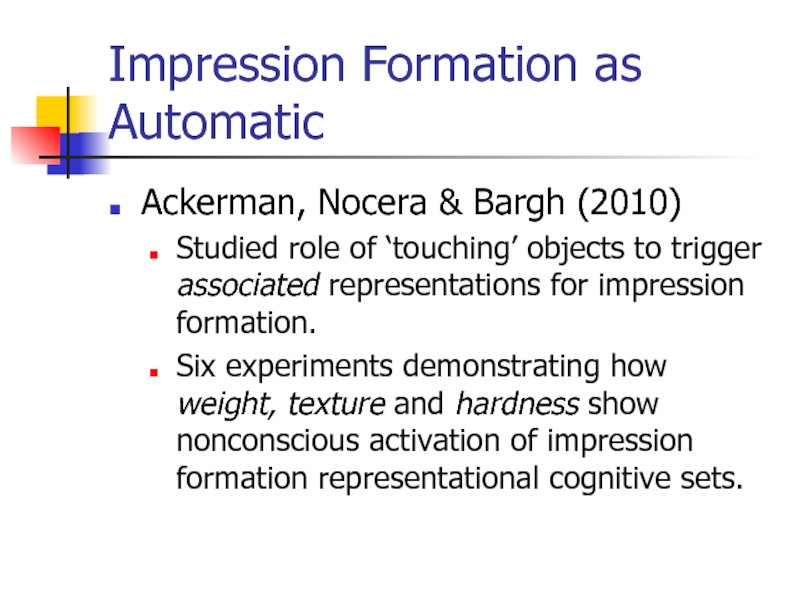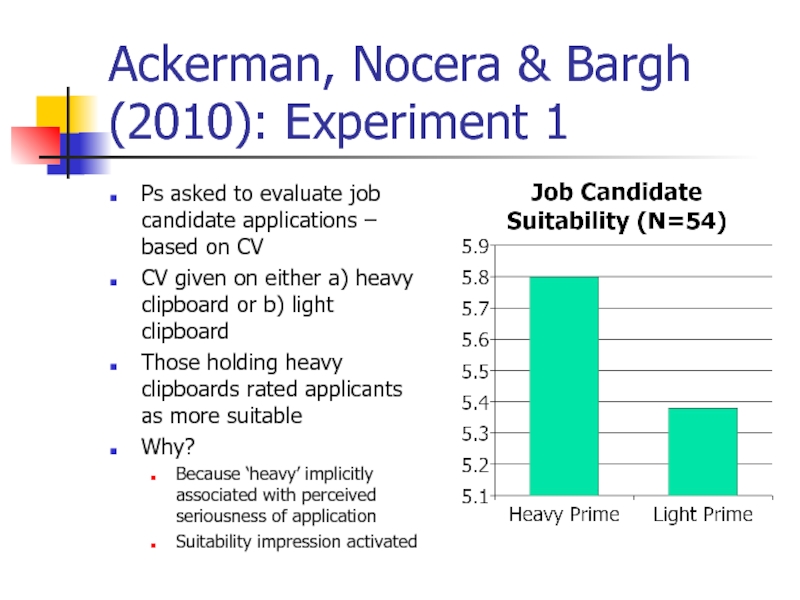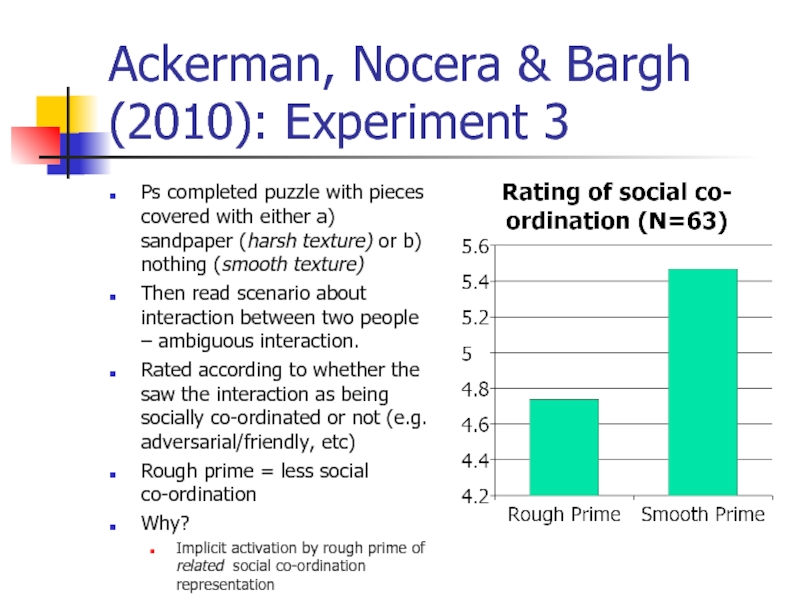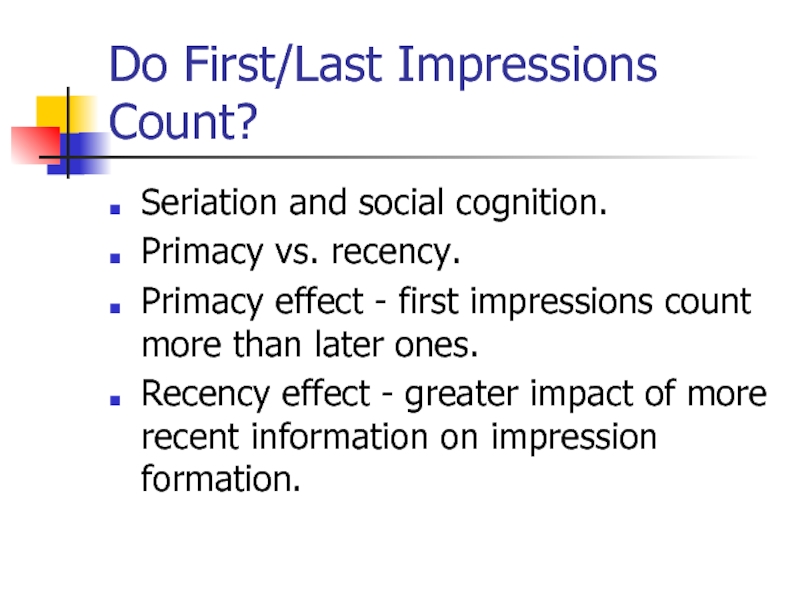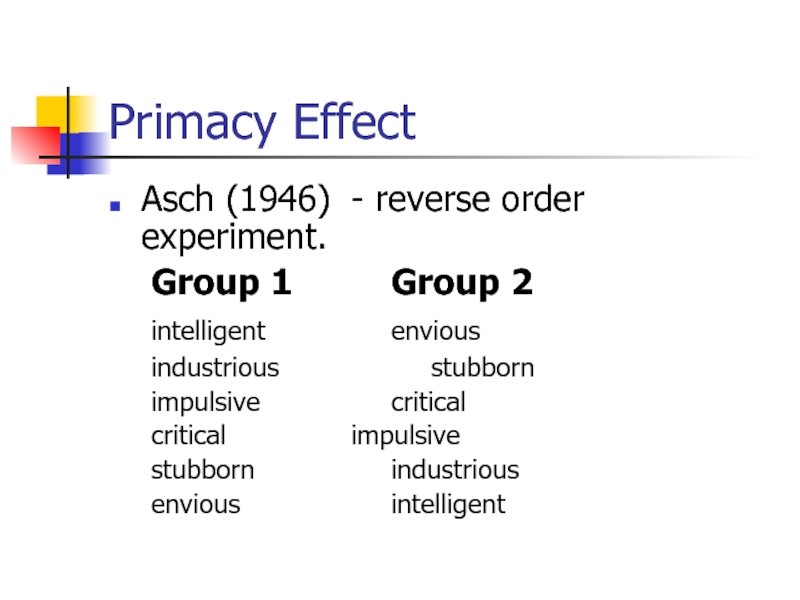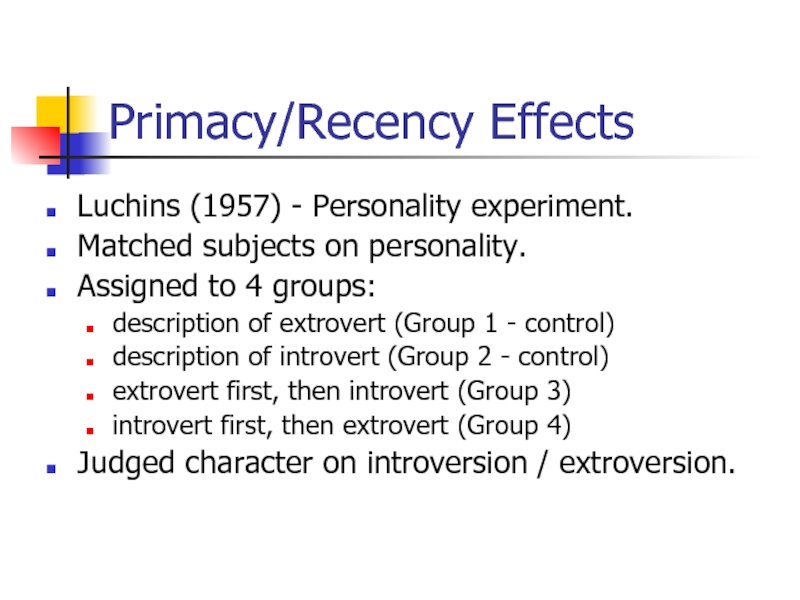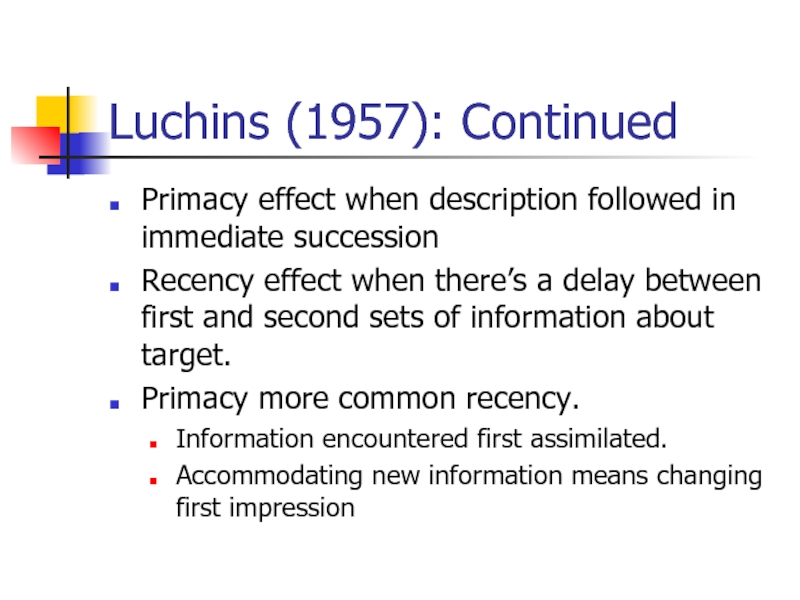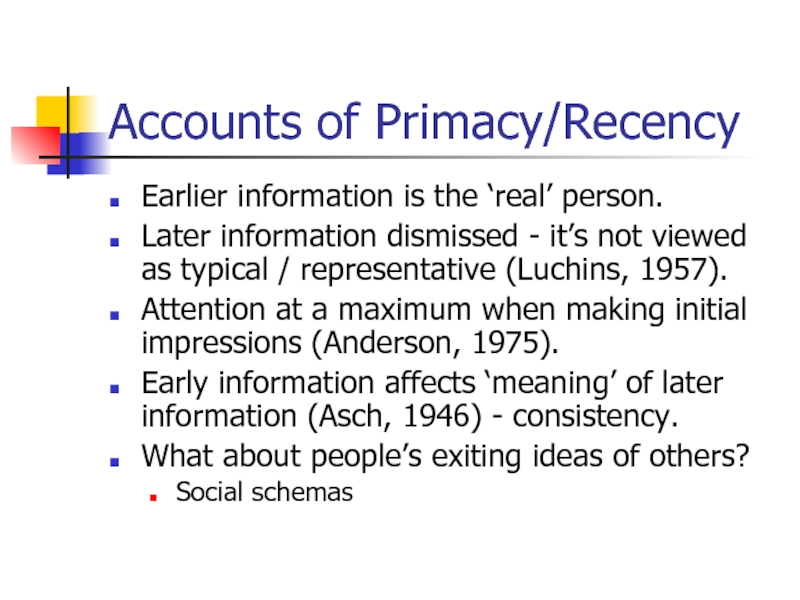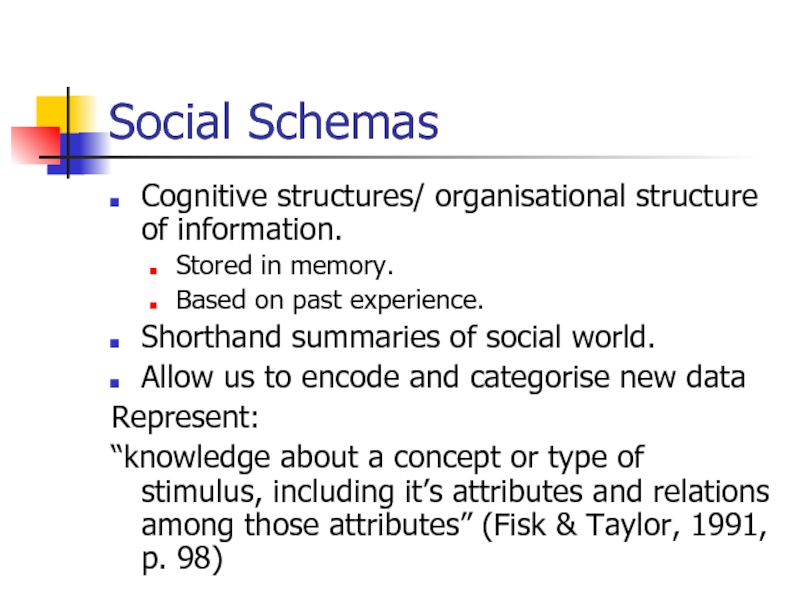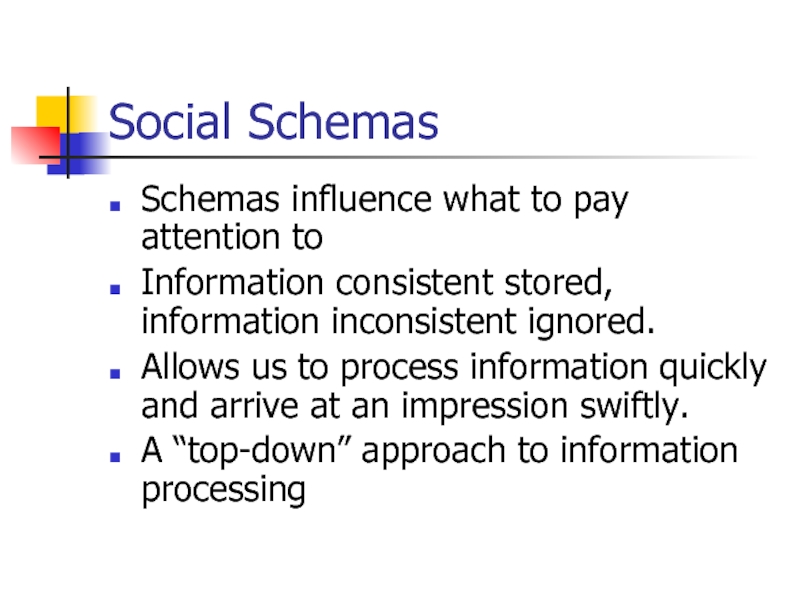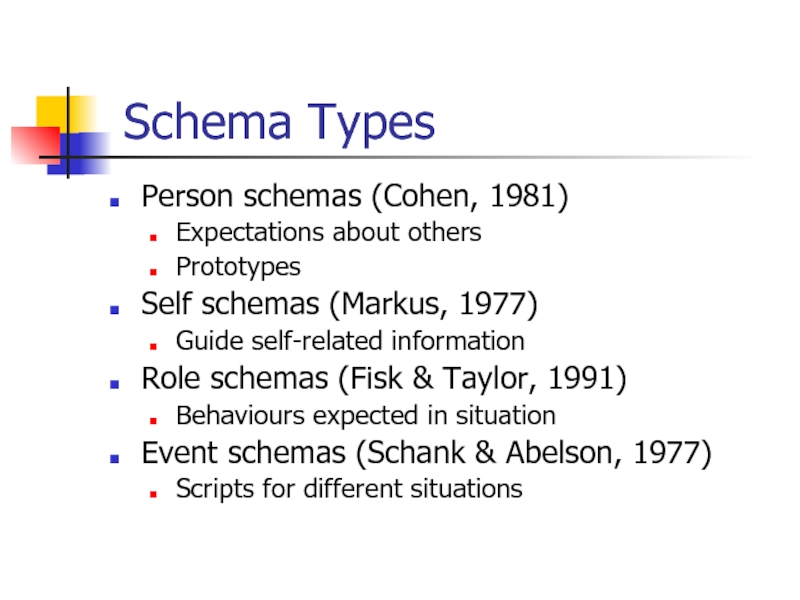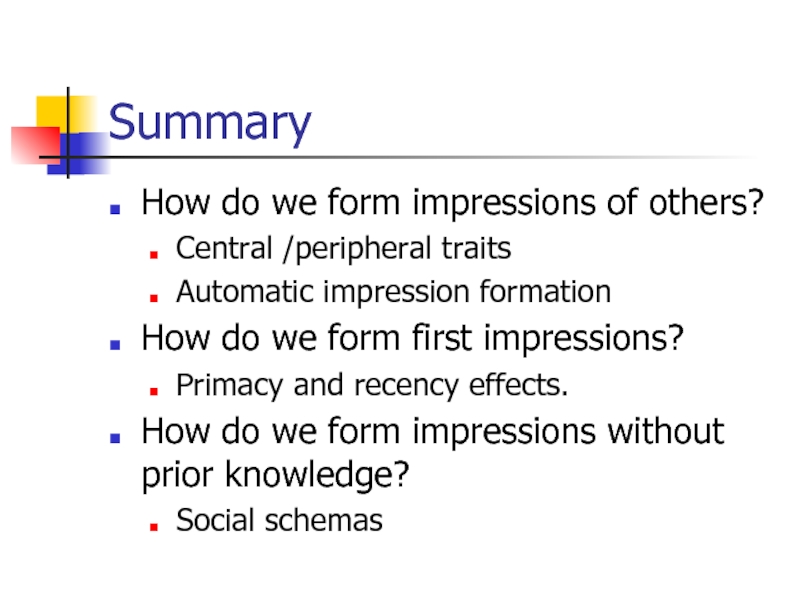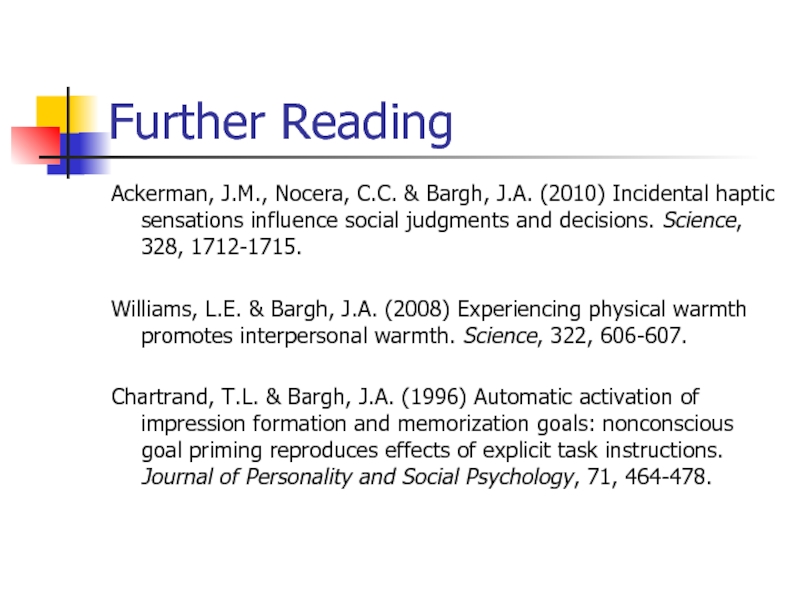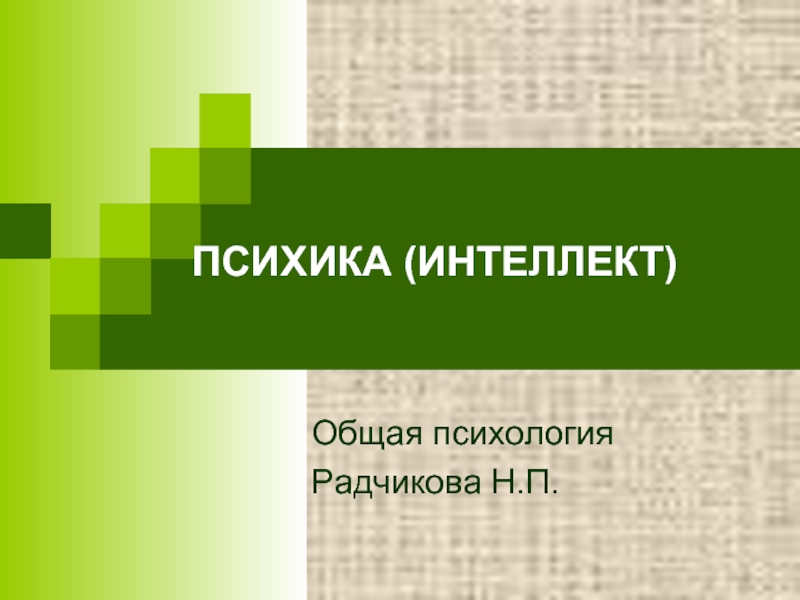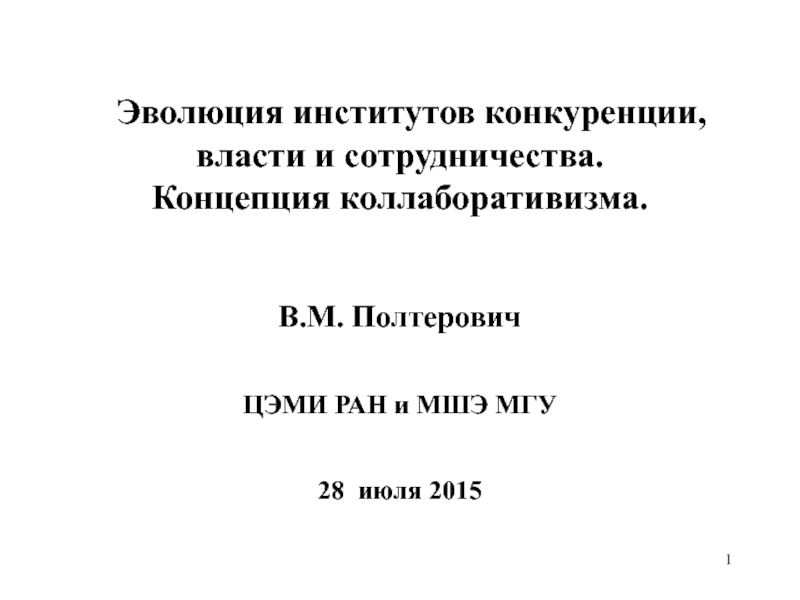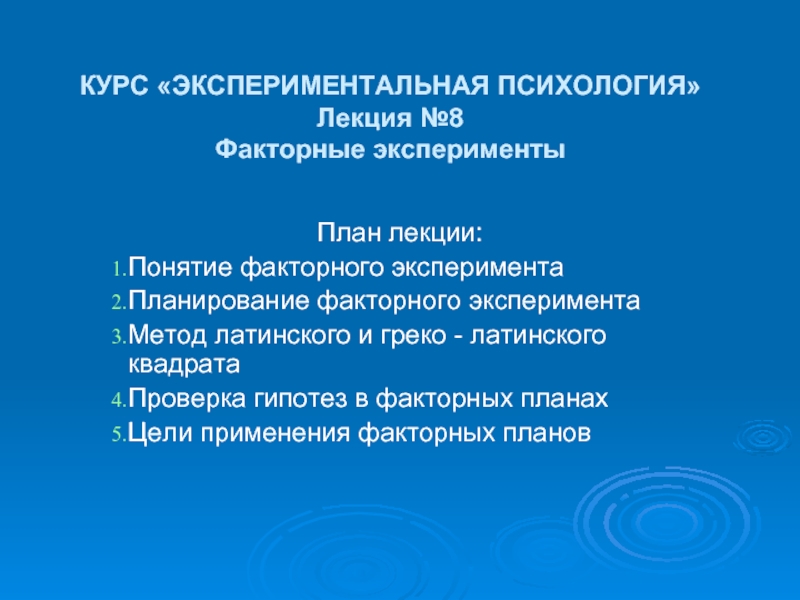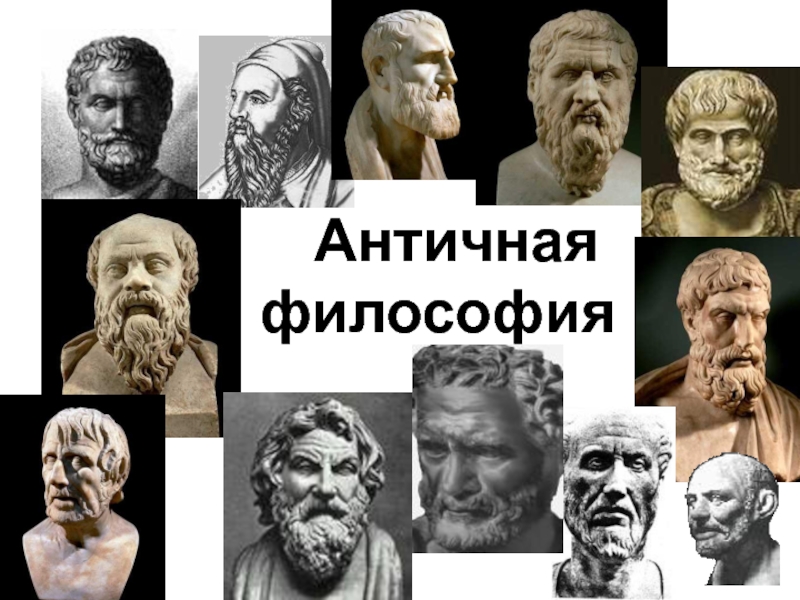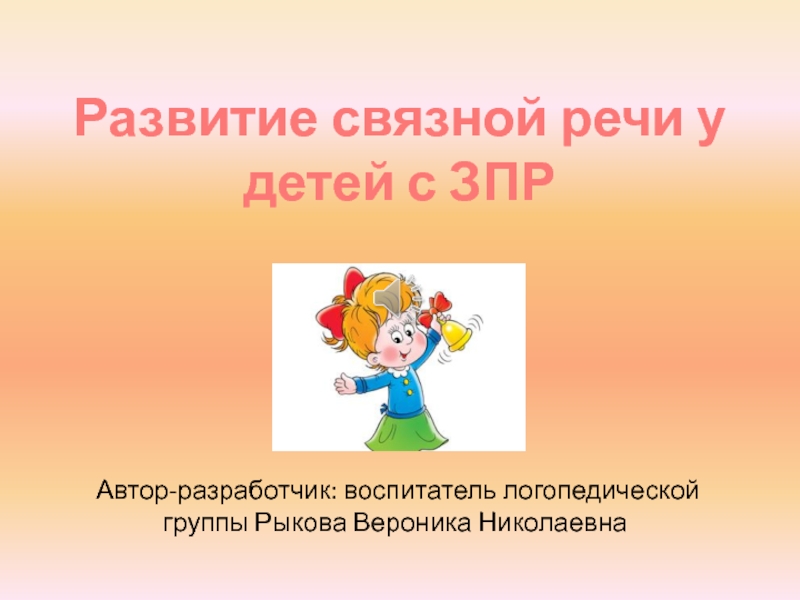- Главная
- Разное
- Дизайн
- Бизнес и предпринимательство
- Аналитика
- Образование
- Развлечения
- Красота и здоровье
- Финансы
- Государство
- Путешествия
- Спорт
- Недвижимость
- Армия
- Графика
- Культурология
- Еда и кулинария
- Лингвистика
- Английский язык
- Астрономия
- Алгебра
- Биология
- География
- Детские презентации
- Информатика
- История
- Литература
- Маркетинг
- Математика
- Медицина
- Менеджмент
- Музыка
- МХК
- Немецкий язык
- ОБЖ
- Обществознание
- Окружающий мир
- Педагогика
- Русский язык
- Технология
- Физика
- Философия
- Химия
- Шаблоны, картинки для презентаций
- Экология
- Экономика
- Юриспруденция
Lecture: Impression Formation & Interpersonal Perception презентация
Содержание
- 1. Lecture: Impression Formation & Interpersonal Perception
- 2. Learning Outcomes After the session and appropriate
- 3. Lecture Outline Definition of interpersonal perception. Object
- 4. Definition “.........an active process (or set
- 5. Object vs Person: Similarities Key components: Selection
- 6. Object vs Person: Differences People behave -
- 7. Impression Formation: Questions Which cognitive strategies are
- 8. Forming Impressions Asch (1946) Dynamic product of
- 9. Central Traits (Asch, 1946) Stimulus Lists Group
- 10. Peripheral Traits (Asch, 1946) Stimulus Lists Group
- 11. Asch: Evaluation Certain information more important in
- 12. Impressions in the real world Kelley (1950)
- 13. Implicit Personality Theory Bruner & Taguiri (1954)
- 14. Impression Formation Goal as Automatic Chartrand &
- 15. Chartrand & Bargh (1996) Read passages describing
- 16. Impression Formation as Automatic http://www.youtube.com/watch?v=i1OVhlRpwJc
- 17. Impression Formation as Automatic Williams & Bargh
- 18. Impression Formation as Automatic Ackerman, Nocera &
- 19. Ackerman, Nocera & Bargh (2010): Experiment
- 20. Ackerman, Nocera & Bargh (2010): Experiment 3
- 21. Do First/Last Impressions Count? Seriation and social
- 22. Primacy Effect Asch (1946) - reverse order experiment.
- 23. Primacy/Recency Effects Luchins (1957) - Personality
- 24. Luchins (1957): Continued Primacy effect when description
- 25. Accounts of Primacy/Recency Earlier information is the
- 26. Social Schemas Cognitive structures/ organisational structure of
- 27. Social Schemas Schemas influence what to pay
- 28. Schema Types Person schemas (Cohen, 1981)
- 29. Summary How do we form impressions of
- 30. Further Reading Ackerman, J.M., Nocera, C.C. &
Слайд 2Learning Outcomes
After the session and appropriate reading, students should be able
to:
Understand how social psychologists have utilised cognitive processes to understand the impression formation process.
Discuss different ideas proposed to explain impression formation in general, for first impressions and in situations where there is little prior knowledge of a person.
Understand how social psychologists have utilised cognitive processes to understand the impression formation process.
Discuss different ideas proposed to explain impression formation in general, for first impressions and in situations where there is little prior knowledge of a person.
Слайд 3Lecture Outline
Definition of interpersonal perception.
Object versus person perception.
Cognition in forming impressions
Forming
impressions automatically
Making first impressions
Making impressions without prior knowledge.
Making first impressions
Making impressions without prior knowledge.
Слайд 4Definition
“.........an active process (or set of processes) through which we seek
to know and understand others” (Baron & Byrne, 1997, p38).
Слайд 5Object vs Person: Similarities
Key components:
Selection - focusing on aspect of object
or behaviour
Organisation - formation of coherent impression of person or object.
Inference - attributing characteristics to person or object for which there’s no real evidence.
Organisation - formation of coherent impression of person or object.
Inference - attributing characteristics to person or object for which there’s no real evidence.
Слайд 6Object vs Person: Differences
People behave - behaviour may provide data for
making inferences.
People interact - one person’s behaviour may influence another’s.
Social behaviour is partly the product of another’s behaviour towards the self.
People perceive and experience.
One person perception may be influenced by another’s experience of them
People interact - one person’s behaviour may influence another’s.
Social behaviour is partly the product of another’s behaviour towards the self.
People perceive and experience.
One person perception may be influenced by another’s experience of them
Слайд 7Impression Formation: Questions
Which cognitive strategies are used to form impressions of
others?
How do we form first impressions of
others?
How important are first impressions?
How do we form first impressions of
others?
How important are first impressions?
Слайд 8Forming Impressions
Asch (1946)
Dynamic product of all perceptual information available (including memory)
Some
information more important than others
Some information accessed more than other information when forming an impression.
Some information accessed more than other information when forming an impression.
Слайд 9Central Traits (Asch, 1946)
Stimulus Lists
Group 1 Group 2
intelligent intelligent
skilful skilful
industrious industrious
warm cold
determined determined
practical practical
cautious cautious
Слайд 10Peripheral Traits (Asch, 1946)
Stimulus Lists
Group 1 Group 2
intelligent intelligent
skilful skilful
industrious industrious
polite blunt
determined determined
practical practical
cautious cautious
Слайд 11Asch: Evaluation
Certain information more important in forming an impression.
Central and peripheral
traits (Asch, 1946; Kelley, 1950).
The halo effect (Asch, 1946).
Does the effect “hold up” for impressions being formed about a real person?
Is actual experience important for the operation of central and peripheral traits?
The halo effect (Asch, 1946).
Does the effect “hold up” for impressions being formed about a real person?
Is actual experience important for the operation of central and peripheral traits?
Слайд 12Impressions in the real world
Kelley (1950)
Guest lecturer experiment
Half participants told that
lecturer “cold”, the other half “warm”
Then exposed to lecturer
DV = impression formed of lecturer after exposure
Replicated Asch’s original work
Then exposed to lecturer
DV = impression formed of lecturer after exposure
Replicated Asch’s original work
Слайд 13Implicit Personality Theory
Bruner & Taguiri (1954)
Expectation about another based on knowledge
derived from central traits
Attend to preconceptions held about the totality of the person based on central traits.
Important role of stereotyping process for the formation of implicit personalities.
Attend to preconceptions held about the totality of the person based on central traits.
Important role of stereotyping process for the formation of implicit personalities.
Слайд 14Impression Formation Goal as Automatic
Chartrand & Bargh (1996)
The goal of impression
formation can be activated by the environment preconsciously.
Primed impression formation goal using scrambled sentence technique (memory goal as control condition)
… a supraliminal priming method.
Prime example = opinion, evaluate, personality
Primed impression formation goal using scrambled sentence technique (memory goal as control condition)
… a supraliminal priming method.
Prime example = opinion, evaluate, personality
Слайд 15Chartrand & Bargh (1996)
Read passages describing various behaviours.
Then asked to recall
as many of the behaviours described as they could – surprise recall.
Never told to form an impression.
Primed participants reported significantly more behavioural descriptions than memory goal condition
Never told to form an impression.
Primed participants reported significantly more behavioural descriptions than memory goal condition
Слайд 17Impression Formation as Automatic
Williams & Bargh (2008)
Participants were exposed to warm
or cold temperatures by incidentally holding a confederate’s coffee cup (iced or hot).
Participants read that “Person A” was intelligent, skillful, industrious, determined, practical, and cautious.
Rated on 5 scales related to the warm-cold dimension and 5 unrelated
People who had held the hot coffee cup perceived the target person as being significantly warmer (than did those who had briefly held the cup of iced coffee
Same result when Ps asked to select gift either for themselves or a friend i.e. reward for a friend
Participants read that “Person A” was intelligent, skillful, industrious, determined, practical, and cautious.
Rated on 5 scales related to the warm-cold dimension and 5 unrelated
People who had held the hot coffee cup perceived the target person as being significantly warmer (than did those who had briefly held the cup of iced coffee
Same result when Ps asked to select gift either for themselves or a friend i.e. reward for a friend
Слайд 18Impression Formation as Automatic
Ackerman, Nocera & Bargh (2010)
Studied role of ‘touching’
objects to trigger associated representations for impression formation.
Six experiments demonstrating how weight, texture and hardness show nonconscious activation of impression formation representational cognitive sets.
Six experiments demonstrating how weight, texture and hardness show nonconscious activation of impression formation representational cognitive sets.
Слайд 19
Ackerman, Nocera & Bargh (2010): Experiment 1
Ps asked to evaluate job
candidate applications – based on CV
CV given on either a) heavy clipboard or b) light clipboard
Those holding heavy clipboards rated applicants as more suitable
Why?
Because ‘heavy’ implicitly associated with perceived seriousness of application
Suitability impression activated
CV given on either a) heavy clipboard or b) light clipboard
Those holding heavy clipboards rated applicants as more suitable
Why?
Because ‘heavy’ implicitly associated with perceived seriousness of application
Suitability impression activated
Слайд 20Ackerman, Nocera & Bargh (2010): Experiment 3
Ps completed puzzle with pieces
covered with either a) sandpaper (harsh texture) or b) nothing (smooth texture)
Then read scenario about interaction between two people – ambiguous interaction.
Rated according to whether the saw the interaction as being socially co-ordinated or not (e.g. adversarial/friendly, etc)
Rough prime = less social co-ordination
Why?
Implicit activation by rough prime of related social co-ordination representation
Then read scenario about interaction between two people – ambiguous interaction.
Rated according to whether the saw the interaction as being socially co-ordinated or not (e.g. adversarial/friendly, etc)
Rough prime = less social co-ordination
Why?
Implicit activation by rough prime of related social co-ordination representation
Слайд 21Do First/Last Impressions Count?
Seriation and social cognition.
Primacy vs. recency.
Primacy effect -
first impressions count more than later ones.
Recency effect - greater impact of more recent information on impression formation.
Recency effect - greater impact of more recent information on impression formation.
Слайд 22Primacy Effect
Asch (1946) - reverse order experiment.
Group 1 Group 2
intelligent envious
industrious stubborn
impulsive critical
critical impulsive
stubborn industrious
envious intelligent
Слайд 23Primacy/Recency Effects
Luchins (1957) - Personality experiment.
Matched subjects on personality.
Assigned to 4
groups:
description of extrovert (Group 1 - control)
description of introvert (Group 2 - control)
extrovert first, then introvert (Group 3)
introvert first, then extrovert (Group 4)
Judged character on introversion / extroversion.
description of extrovert (Group 1 - control)
description of introvert (Group 2 - control)
extrovert first, then introvert (Group 3)
introvert first, then extrovert (Group 4)
Judged character on introversion / extroversion.
Слайд 24Luchins (1957): Continued
Primacy effect when description followed in immediate succession
Recency effect
when there’s a delay between first and second sets of information about target.
Primacy more common recency.
Information encountered first assimilated.
Accommodating new information means changing first impression
Primacy more common recency.
Information encountered first assimilated.
Accommodating new information means changing first impression
Слайд 25Accounts of Primacy/Recency
Earlier information is the ‘real’ person.
Later information dismissed -
it’s not viewed as typical / representative (Luchins, 1957).
Attention at a maximum when making initial impressions (Anderson, 1975).
Early information affects ‘meaning’ of later information (Asch, 1946) - consistency.
What about people’s exiting ideas of others?
Social schemas
Attention at a maximum when making initial impressions (Anderson, 1975).
Early information affects ‘meaning’ of later information (Asch, 1946) - consistency.
What about people’s exiting ideas of others?
Social schemas
Слайд 26Social Schemas
Cognitive structures/ organisational structure of information.
Stored in memory.
Based on past
experience.
Shorthand summaries of social world.
Allow us to encode and categorise new data
Represent:
“knowledge about a concept or type of stimulus, including it’s attributes and relations among those attributes” (Fisk & Taylor, 1991, p. 98)
Shorthand summaries of social world.
Allow us to encode and categorise new data
Represent:
“knowledge about a concept or type of stimulus, including it’s attributes and relations among those attributes” (Fisk & Taylor, 1991, p. 98)
Слайд 27Social Schemas
Schemas influence what to pay attention to
Information consistent stored, information
inconsistent ignored.
Allows us to process information quickly and arrive at an impression swiftly.
A “top-down” approach to information processing
Allows us to process information quickly and arrive at an impression swiftly.
A “top-down” approach to information processing
Слайд 28 Schema Types
Person schemas (Cohen, 1981)
Expectations about others
Prototypes
Self schemas (Markus, 1977)
Guide
self-related information
Role schemas (Fisk & Taylor, 1991)
Behaviours expected in situation
Event schemas (Schank & Abelson, 1977)
Scripts for different situations
Role schemas (Fisk & Taylor, 1991)
Behaviours expected in situation
Event schemas (Schank & Abelson, 1977)
Scripts for different situations
Слайд 29Summary
How do we form impressions of others?
Central /peripheral traits
Automatic impression formation
How
do we form first impressions?
Primacy and recency effects.
How do we form impressions without prior knowledge?
Social schemas
Primacy and recency effects.
How do we form impressions without prior knowledge?
Social schemas
Слайд 30Further Reading
Ackerman, J.M., Nocera, C.C. & Bargh, J.A. (2010) Incidental haptic
sensations influence social judgments and decisions. Science, 328, 1712-1715.
Williams, L.E. & Bargh, J.A. (2008) Experiencing physical warmth promotes interpersonal warmth. Science, 322, 606-607.
Chartrand, T.L. & Bargh, J.A. (1996) Automatic activation of impression formation and memorization goals: nonconscious goal priming reproduces effects of explicit task instructions. Journal of Personality and Social Psychology, 71, 464-478.
Williams, L.E. & Bargh, J.A. (2008) Experiencing physical warmth promotes interpersonal warmth. Science, 322, 606-607.
Chartrand, T.L. & Bargh, J.A. (1996) Automatic activation of impression formation and memorization goals: nonconscious goal priming reproduces effects of explicit task instructions. Journal of Personality and Social Psychology, 71, 464-478.
